By Localiiz
Branded | 17 May 2024
By Localiiz
Branded | 14 May 2024
Copyright © 2025 LOCALIIZ | All rights reserved
Subscribe to our weekly newsletter to get our top stories delivered straight to your inbox.
As one of the oldest cities in the Philippines, Vigan City, a tiny Unesco World Heritage site is a Spanish-colonial fairy tale of dark-wood mansions, cobblestone streets, and clattering horse-drawn carriages that beckons you to come explore. Once an important trading post before the colonial era, Vigan's alluring mishmash of architectural style tells the stories of the strong Chinese, Ilocano, and Filipino influences that contributed to the history of this town. From cobblestone streets to restored ancestral houses, we guide you through all the best things to see, do, and eat around Vigan City.
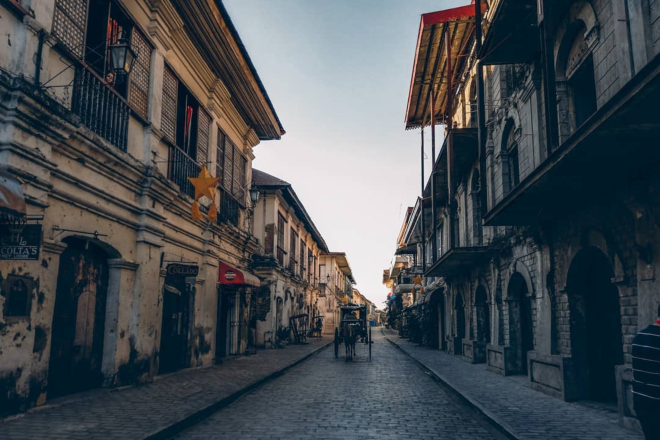
Photo Credits: @aryanaventi[/caption]
Head to what is perhaps one of the most Instagrammed streets in the country - Calle Crisologo. The grand mansions of Calle Crisologo were once home to the richest merchants and politicians of the city, but the cobble-stoned path is now lined with vendors selling Vigan’s finest products such as basi wine, antiques, Vigan vinegar, longannisa (Filipino sausages), woodcrafts, and more. Ride a kalesa (horse-drawn carriage) for only around 150 pesos to really get the whole Spanish colonial experience.
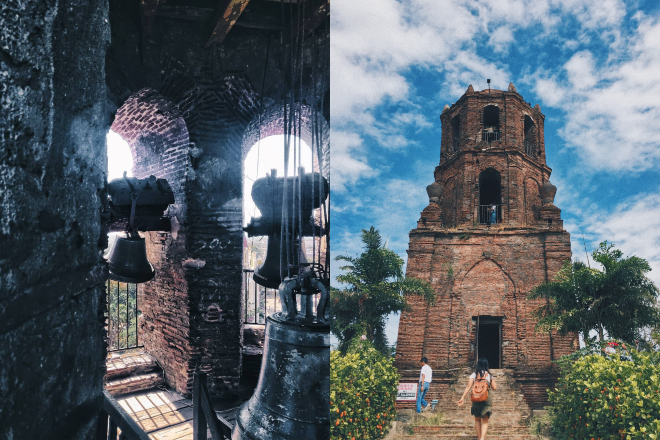
Photo Credit: @immichellelikecrazy, @purplerazzy[/caption]
Built in 1591, the Bantay bell tower is one of the Ilocos Sur province’s oldest structures. The red brick tower was originally built to keep watch over the town of Bantay – hence the name “bantay”, which means “to guard”. The structure was later converted into a church bell tower in 1857. From revolts against the Spaniards to the atrocities of World War II, this site has stood witness to much of Ilocos Sur's history. Climb up the winding staircases to the top of the tower, where an enormous bell with bullet marks from the second World War hangs, surrounded by smaller bells in a protective circle. The belfry provides a stunning view overlooking most of Vigan city.
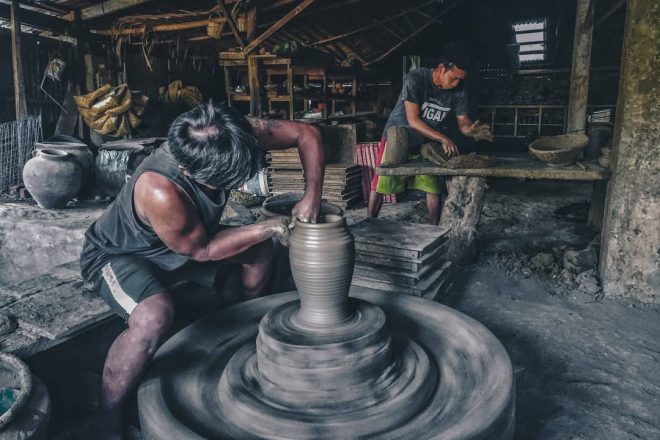
Photo Credit: @immichellelikecrazy[/caption]
Prior to the arrival of the Spaniards, Chinese settlers pioneered a still-active pottery industry in Vigan. Jars made from Vigan – burnay jars, are much sought-after by foreign and local visitors. These jars are made with skillful potters' hands, a pottery wheel, and kiln. Fine sand is used to temper the clay, fashioned into the desired shape before being placed inside a high-temperature ground kilns. Locals boast of the sturdy quality of burnay jars compared to terracotta jars, and uses them to ferment isdang bagoong (fish sauce), sugarcane vinegar, and basi wine for a better taste. Visitors can head to Pagburnayan to have a glimpse of the burnay making process and purchase one as a souvenir, or better yet, get down and dirty yourself by joining a pottery workshop where artisans will teach you all the traditional techniques of making a burnay jar.
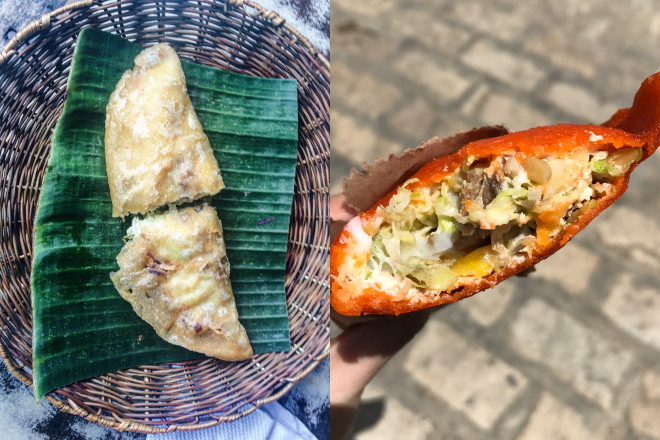
Photo Credit: @dannabelle[/caption]
A trip to Vigan would not be complete without tasting its famed empanada – Philippine's answer to tacos. Made of a thin rice flour crust filled with eggs, grated green papaya, mung bean sprouts, monggo, shredded carrots, and skinless longganisa (Filipino sausage), empanadas are served on a banana leaf, and can be found at restaurants as well as street stalls. Eat this the way you would eat almost everything in the Philippines, with a generous dash of vinegar and your bare hands. You can find empanadas in most restaurants in Vigan, but Irene's Empanada near Calle Crisologo is known to have some of the best empanadas in town.
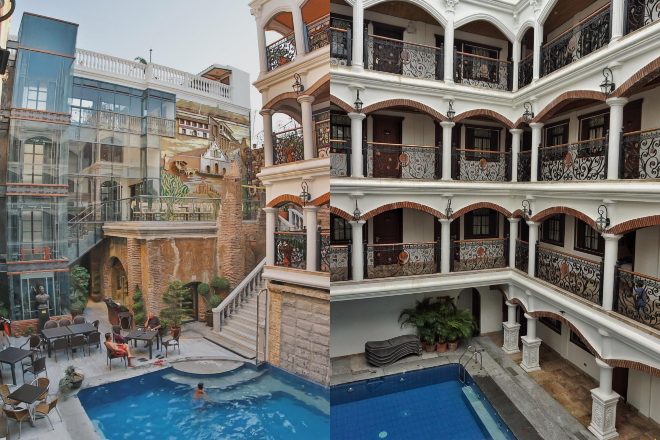
Photo Credit: @aldin.ph[/caption]
Named after the great Filipino painter Juan Luna, Hotel Luna is the first and only museum hotel in the Philippines. The original structure was built in 1882 by Don Jose Florentino as a wedding gift for his daughter. The real estate group that acquired the house in 2013 kept most of the original structure and transformed the place into a luxurious museum hotel which features the artworks of Filipino national artists such as Fernando Amorsolo, Napoleon Abueva, and Ramon Orlin in a grand sala museum. Other than the museum, the hotel also boasts a vibrant restaurant, the Comedor, that serves Ilocano cuisine with Spanish influences, and an elegant Chula Saloon Bar, the Azotea, that offers the finest selection of wine, liquors, bar chow menus, and showcases the beauty of Vigan’s skyline.
Top